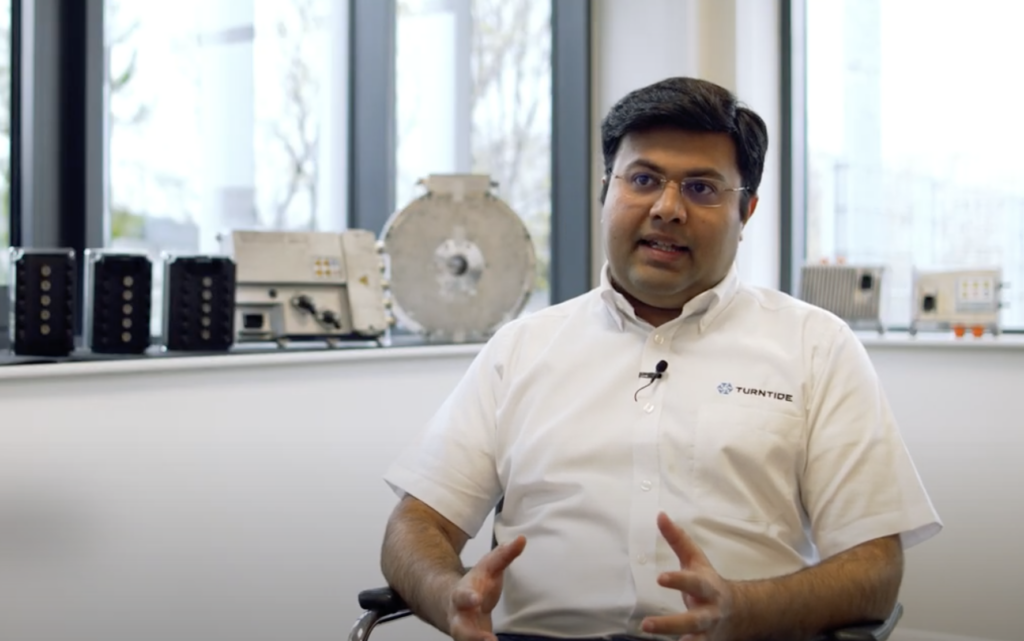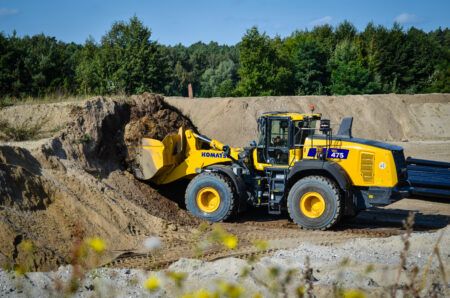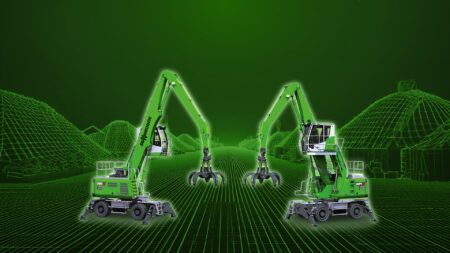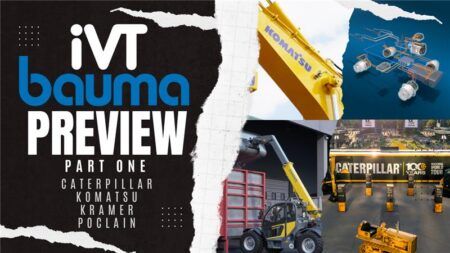Broken down into two highly-focussed streams and running concurrent to the exhibition, this year’s iVT Expo USA conference features more than 40 experts addressing the critical trends shaping future vehicle development. iVT International caught up with two of them
***
Speaker: Matrishvan Raval, head of product, Turntide Technologies
Subject: Scaling axial flux motor technology – from niche to mainstream
Conference stream: Electrification & Alternate Power Sources

What advancements in battery technology can we expect to see in the next few years, and how will they impact off-highway vehicles?
A huge number of technological advancements are expected in terms of more intelligent and connected BMS (battery management systems), a wider variety of battery chemistries (including solid state batteries) that are suitable for multiple price and performance points, and improvements to thermal and fast charging capabilities of the batteries. All of these advancements will enable a quicker adoption of electrification for industrial vehicles and also bring performance and price point improvements against ICE options.
How are off-highway vehicle manufacturers addressing the challenges of integrating electric powertrains into their existing product lines?
The early wave of electrification for industrial vehicles focussed on hybrid conversions and smaller platforms. Nowadays, cost competitive battery technology and integrated e-axles with high power and torque densities are available which makes the task of powertrain integration easier. There is a fundamental change of approach at vehicle OEMs as they consider a ground up re-design of industrial vehicle platforms. This means they can reap the full benefits of vehicle system optimisation around an electric powertrain as opposed to retrofits.
What are the economic and operational benefits that electrification brings to off-highway vehicle fleets?
Electric vehicles are operating on inherently better technology than diesel, leading to noise-free operation and lower maintenance requirements. Industrial vehicle fleets have colossal fuel costs which massively reduced by switching to electric. All of this in turn leads to better operational efficiency and lower total cost of ownership. Another source of economic benefits are the grants, tax credits, and carbon credits that can be claimed by switching to electrification.
How is the industry tackling the infrastructure requirements of electrification?
There have been many investments in setting up necessary power generation and charging infrastructure, but much more is needed. There has also been an increased focus on developing smart grid infrastructure than can intelligently manage variation in electricity generation, storage and demand.
***
Speaker: Dr David LaRue, senior principal engineer, FEV
Subject: Leveraging AI into fully compliant safety work products
Conference stream: Autonomous, Cab Design and Evolving Digital Interface

What are the latest developments in autonomous driving for off-highway?
The ways in which autonomous data is being used is changing including outside the vehicle through connectivity. This connectivity allows the advantages we see at the vehicle level leveraged to the site area as well as used in overall optimisation and predictive diagnostics of the vehicle itself.
How are autonomous vehicle safety concerns being addressed?
Safety is one of the greatest advantages of autonomy especially in congested work sites or where obstacles may be outside the line of site of operators. Our ability to acquire and track non-rigid bodies such as co-workers and pedestrians is improving steadily. Where an obstacle or area of risk is recognised by a vehicle, they can communicate to both a host as well as other vehicles near them.
What impact will autonomous vehicles will have on efficiency?
The impacts will extend beyond typical operations. This capability will reduce the risk of harm to operators in high-risk environments. Offloading of vehicle data will allow improvements for vehicle use and efficiency not limited to the machine that provided it. Looking collectively at data from multiple machines and modelling work sites of differing utilisation strategies will improve not only individual machines but the entire worksites. An added benefit will be in preventive diagnostics where the vehicle data can be overlaid with the controls data. Doing so allows advanced notice of potentially critical failures in the vehicle. As an example, reviewing collected torque data in the orders domain can identify problems with rotational components that might otherwise be missed.
We are just now scratching the surface in this area as these systems require considerable situational awareness for overall vehicle control. The combination of the sensor and vehicle control data provide an opportunity in so many ways which extend beyond the vehicle itself. I expect we will see considerable improvements in overall efficiency, cost and planning for many years to come across all industries.
How do you see the regulatory landscape evolving?
In the States, typical regulatory bodies are hesitant to move too quickly or aggressively for fear it may stifle growth or capability in this area. As we have seen with past emissions requirements, if there were functional metrics required of some regulatory body, I would be concerned you could develop a vehicle that would meet these requirements without having the overall level of function and safety that is really required to operate in all reasonable situations.





